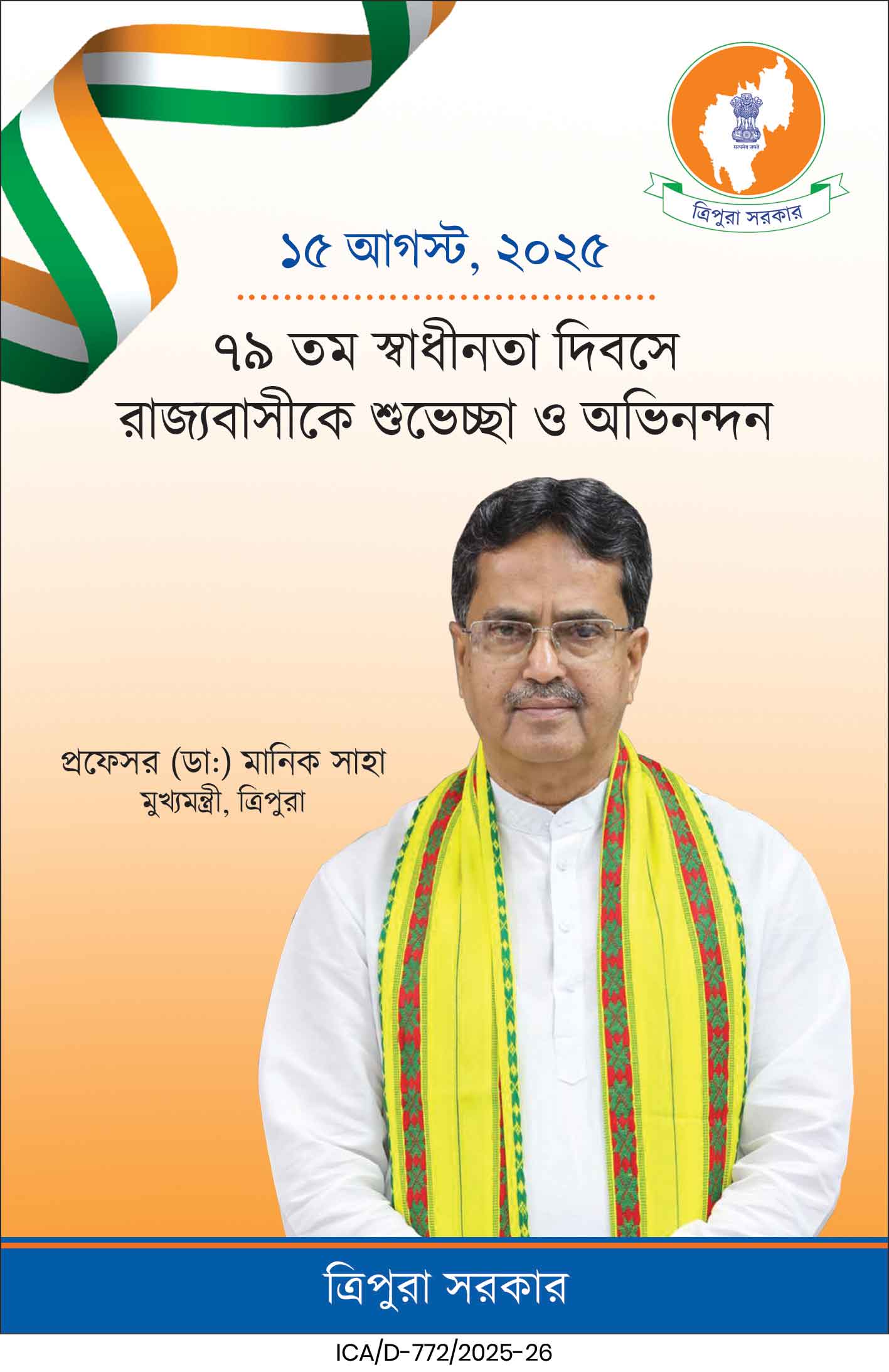Looming water Crisis in India

Water is the essential for all living creatures to keep them alive. Though 71% of earth’s area is covered by water in oceans, seas, lakes, rivers and other water bodies which constitute 361 million square kilometers. Oceans are the large continuous bodies of salt water and cover a significant portion of earth surface whereas seas are smaller and covered by land and are in daily use by the humans for their livelihoods. However, the fresh water covers only 2.5 % of the earth surface and 98.8% of it is locked in ice and ground water and only 0.3 % is available in rivers, lakes and atmosphere. With the rising threat of climate change all over the world and with rising population pressure and consequent depletion of life sustaining resources like forests, clean air and soil the water availability is going to determine the future of continuation of life on planet earth. In this regards India is in an unenviable position due its large population of 145 crore people living on 2.4 % of world’s surface area as we face a big challenge in water availability and its rational use and management. Water scarcity is rising every year due to mismanagement and other factors like climate change uneven distribution.
As far as fresh water is concerned India has around 4% of world’s fresh water resources and receives about 115(2900 mm) inches of rainfall which varies across the country and is unevenly distributed and mostly 75% of the annual rainfall is during June to September months of Monsoon. Most of the domestic water needs (85%) and 70 % of irrigation of agriculture fields is by ground water. So, the sustainability of the water and agriculture depends upon the recharge of Aquifers. India on an average annually according to Central Water Commission receives around 3950 billion cubic meters (BCM) of precipitation. Out of this only 1999 BCM is available after accounting for evaporation and other losses, and only around 1126 BCM is usable. We need around 2800 to 3000 BCM water annually for domestic and industrial use. In this scenario it is a matter of concern that the per capita availability of water is going down from 5100 cubic meters in 1951 to 1545 cubic meters in 2021 and has already breached the water stress threshold of 1700 cubic meters. It is likely to go down further. We are witnessing overexploitation of ground water in Punjab, Haryana, Rajasthan and Western Uttar Pradesh and according to Central Ground Water Board around 17% of blocks are over exploiting the ground water. There is highly inefficient use of flood irrigation of water by the farmers and sadly the drip irrigation is not picking up from 2.3% of the cultivated area. The Pradhan Mantri Krishi Sinchayee Yojana is yet to achieve a level of efficiency and must be pursued vigorously. In Urban areas in cities like Chennai, Delhi and Bangaluru and other areas face severe water shortage in summer because of unplanned urbanization. The pollution of water is yet another cause of depleting and contaminated water availability.
All our efforts thus must be directed to assess and then plan a proper water conservation strategy by subsuming it in our climate change and landscape management strategy. We have to deal with the regional disparities like dealing with rapid depletion of ground water in Punjab and Haryana which may almost finish the production of food grains if action is not taken in no too distant a future. Similarly, we need to find solutions for use of excess water in North-eastern states and recurrent draught situations of Tamil Nadu and Karnataka acerbated by the intense inter-state water disputes. These challenges are compounded by the climate change related changes in monsoon, floods, draughts and landslides and glacier related natural and man-made disasters. We must plan and prepare a charter for the management of green water (rain water available in soil), Blue water (available freshwater in surface water bodies) and Grey water (waste water generated in domestic activities) at the national level right from village level upwards.
So far so good about the challenges. Now let us discuss what are the steps being taken by the government. One of the best interventions in governance by Prime Minister Narendra Modi in 2019 soon after winning his second term was to launch ‘Jal Jeevan Mission’ a decentralized people centric water management scheme as out of 18 crores house hold in the country only 3 crores were having access to clean potable water connections. Now at beginning of 2025 15.44 crore household have access to tap water and thus covering almost 80% of the population. This single intervention had saved lakhs of lives of infants and adults from stomach and water related diseases and is a best preventive health care intervention.
One of the policy options which is overlooked at the national level is how to manage the green water notwithstanding its mention in National Water Mission, compared to blue water management for irrigation and drinking water which also is not very sound. We need to in a big way for the integrated watershed management at the entire landscape level and stopping completely the fragmentary treatment by different departments. In this regard as a matter of immediate necessity a scheme should be drawn up for water harvesting structures in a staggered manner in the entire stretch of recorded forest, panchayat and other lands. It will help adaptation and mitigation of climate change efficiently as also conserve both green and blue water. In yet another step the government need to learn from the age-old community efforts like small earthen dams known as johads in Rajasthan to conserve the green water. The example of Mughul period engineering marvel of ground water-based scheme devised through underground tunnels and infiltration galleries by cutting rocks through mountains to supply water to Burhanpur town baffled modern engineers was created more than 400 years ago known as Kundi Bhandara in Burhanpur by Abdul Rahim Khan-I-Khan who improvised the work of a Hindu king who did it in 1089 AD is worth emulating to promote innovations in tackling water stress. Policy makers must remember that changes are essential for progress and innovation leads to true progress
(The writer is Chairman of Centre for Resource Management and Environment and former IFS officer





